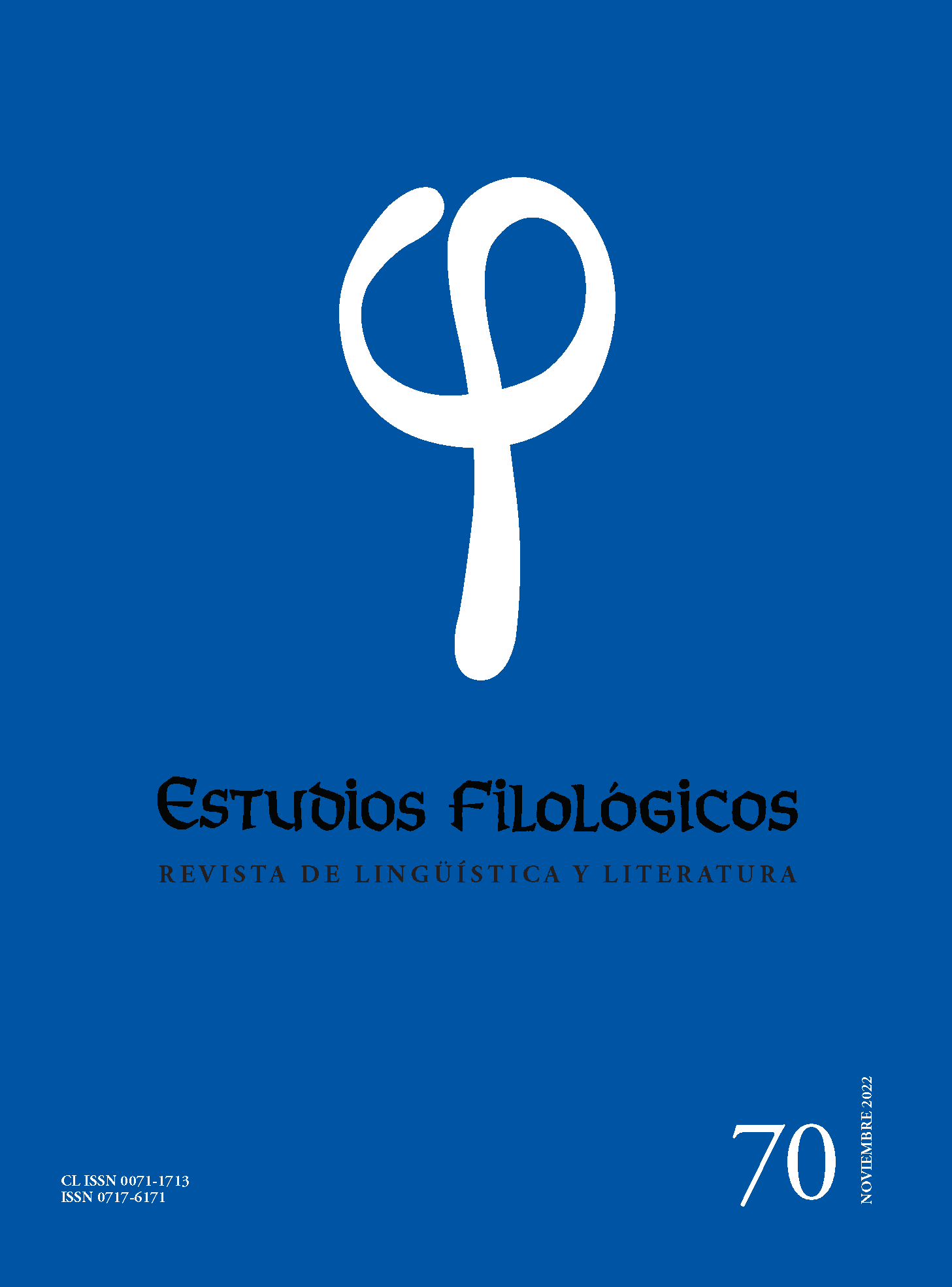Path-Manner verb in Mandarin Chinese compared to Spanish and English
Main Article Content
Abstract
The binary typology of verb-framed language and satellite-framed language (Talmy 1991, 2000) has aroused much interest in the study of the motion event in the world’s languages in the last three decades. However, the simultaneous encoding of Path and Manner —two key semantic components of Talmy’s binary typology— has received relatively little attention, especially in Mandarin Chinese, a language that has abundant compound verbs that allow the composition between the morphemes of Path and Manner. This research focuses on developing a corpus of Path-Manner verbs (PMVs) that Mandarin Chinese lacks, taking as reference the PMVs of Spanish and English (Cifuentes 2008). The corpus obtained shows that, due to the productivity of the compound verb in Mandarin Chinese, the total number of PMVs in this language greatly exceeds that of Spanish and English.

